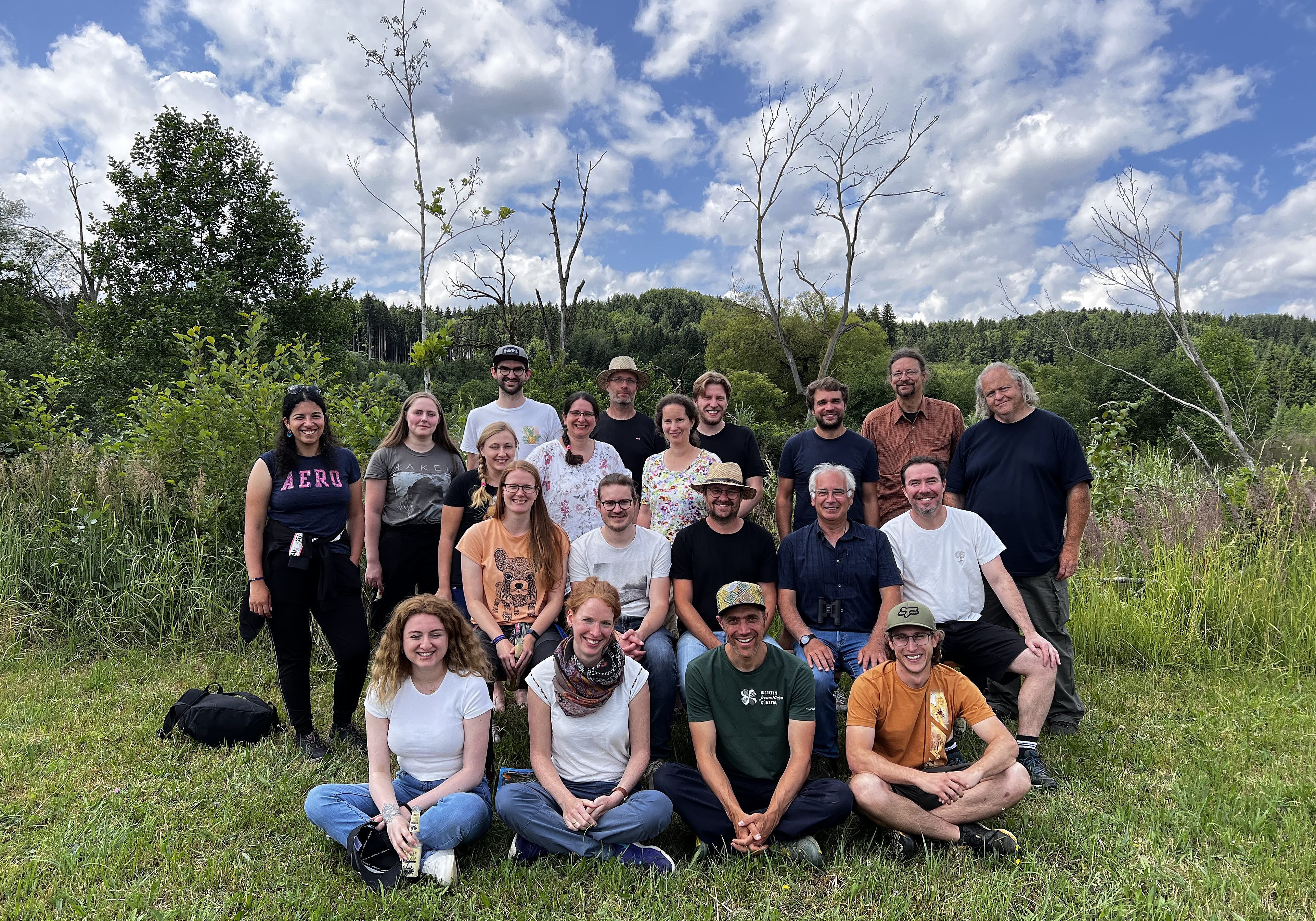Chemical signals
Chemical signals mediate many interactions between animals and animal-plant relationships and both plants and insects produce a high number of different chemical compounds. For example social insects evolved a highly complex communication system to maintain their sociality and to successfully function as a colony unit. Chemical signals are required as recognition signals, for regulation of reproduction, colony defence and many other tasks. Plants produce a huge array of chemicals that do have a function in interactions with animals. For example flower volatiles are used to attract pollinators and manipulate pollinator behaviour. A further example is fruit odour that is emitted in order to attract animals that may disperse seeds.
Our research interests deal with behavioural ecology, social behaviour and chemical ecology of hymenopteran insects and interactions between insects and plants. Special focus in research is on the isolation and identification of behaviour-mediating and physiologically active compounds from solitary and social bees, wasps and flowers. We use chemical analyses (gas chromatography, gas chromatography - mass spectrometry), electrophysiological recordings (gas chromatography - electroantennography) and behavioural experiments (Y-olfactometer, wind tunnel, computer-aided behavioural observations and many other bioassays) as well as molecular methods. Our investigations are carried out in international, interdisciplinary co-operations.
To Learn more about our current projects please click here

